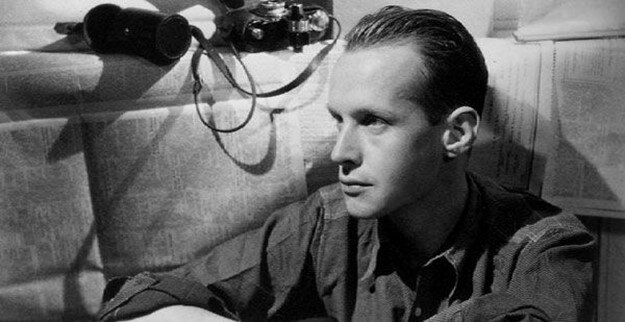Henri Cartier-Bresson’s surrealist education and the making of modern photojournalism
Portrait of Henri Cartier-Bresson (image supplied)
Originally posted: Wednesday, 1 August 2012 at 1:38pm
'In photography, the smallest thing can become a big subject, an insignificant human detail can become a leitmotiv,' said photographer and co-founder of Magnum Photos, Henri Cartier-Bresson.
Henri Cartier-Bresson’s candid photographs of ordinary people captured against the back drop of “decisive moments” (the title of his first major book) helped to define modern photojournalism.
He trained initially as a painter, but his interest in the work of the Surrealists inspired Cartier-Bresson to embrace photography and in turn the language of photojournalism. As Richard Lacayo wrote in Time magazine in 2010, “what excited him was the Surrealist attempt to bypass the rational faculties as a way to glimpse a deeper reality.”
Henri Cartier-Bresson was born near Paris in 1908 to a wealthy textile manufacturer. As a child he demonstrated a talent for drawing and photography, and so in 1927, at the age of 19, he entered the private art academy of French cubist Andre Lhote to study painting.
After befriending artist Max Ernst and writer Rene Crevel, then members of the influential Surrealist movement, the young Cartier-Bresson became involved in lively intellectual debates about art, politics, the role of the subconscious and the expression of Andre Breton’s theory of ‘psychic automatism’.
Photography soon became a focal point for Surrealist artists like Man Ray and Herbert Bayer. They found inspiration in the work of Eugene Atget (1857-1927), an amateur photographer whose images of Paris streets, store mannequins and reflections in shop windows were published in La Révolution Surréaliste in 1926.
Eugene Atget Pendant l'Eclipse, 1912
In these images the Surrealists discovered the nuances of great photography: composition, lighting, a subject’s expression, background, and the moment the image is taken. Each layer presented unexpected meanings that could be manipulated and exploited when separated from the original context.
By the 1930s Cartier-Bresson was feeling restricted as a painter under Lhote. He struggled to communicate the intellectual concepts of the Surrealists and so in 1931 abandoned painting entirely. Soon after, he saw the photograph Three Boys at Lake Tanganyika by Hungarian photographer Martin Munkacsi.
Throughout his life, Cartier-Bresson said many times that in Martin Munkacsi‘s photo, of three boys running into the surf on a beach in Liberia, he saw how an image could fix eternity in a moment. “I must say that it is that very photograph which was for me the spark that set fire to fireworks,” he said.
Cartier-Bresson began to master the aesthetic nuances of photography and acquired the technical ability to make a photograph look spontaneous, even if he had to wait hours for his subject to appear.
Cartier-Bresson also understood the value and lasting importance of the moments he and fellow photojournalists captured. And in 1947 Cartier-Bresson along with photographers, Robert Capa, David Seymour, William Vandivert and George Rodger founded Magnum pictures, the first cooperative photo agency owned and controlled by its members.
Eugène Atget, Magasin, Avenue des Gobelins, 1927
Martin Munkacsi Three Boys at Lake Tanganyika, 1929-30
Henri Cartier-Bresson Arsila, Spanish Morocco, 1933




